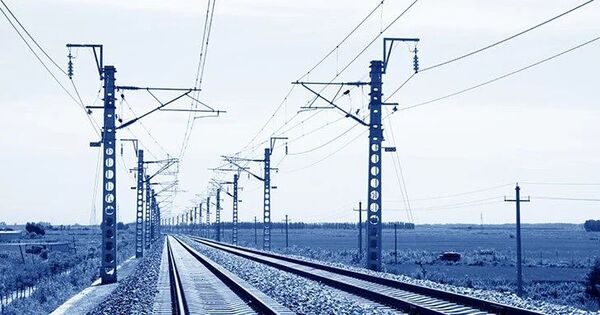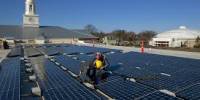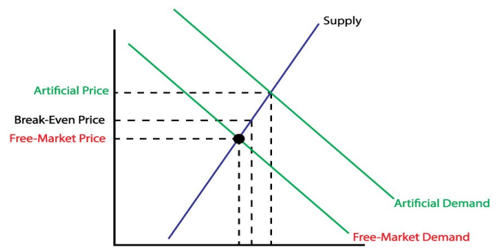Railway electrification is the use of electrical power to propel rail transport. It describes the process of powering trains using electricity rather than traditional technologies such as diesel or steam. Electric railways utilize either electric locomotives (cars that transport passengers and freight separately), electric multiple units (cars that have their own motors), or both. Electrification provides various benefits, including lower operating costs, lower greenhouse gas emissions, and faster acceleration and smoother functioning of trains. It also supports regenerative braking, which captures energy during braking and returns it to the power grid, improving overall energy efficiency.
Electricity is often generated in big, relatively efficient producing stations, then transmitted to the railway network and delivered to trains. Although some electric railways have their own producing stations and transmission links, the majority get their power from an electric utility. The railway often provides its own distribution lines, switches, and transformers.
There are numerous options to electrify trains, including overhead lines, third rails, and, less typically, ground-level power supply systems. Overhead lines are the most extensively used technique in the world, with wires stretched above the tracks to deliver energy to trains via pantographs located on the train roofs.
Moving trains are powered by a (nearly) continuous conductor running along the track, which typically takes one of two forms: an overhead line suspended from poles or towers along the track or from structure or tunnel ceilings, or a third rail mounted at track level and contacted by a sliding “pickup shoe”. Overhead wire and third-rail systems typically use the running rails as the return conductor, while other systems use a separate fourth rail for this function.
The electrification method chosen is determined by a variety of criteria, including infrastructure cost, train type, operational environment, and safety considerations. Many countries and regions have invested in electrifying their railway networks in order to benefit from electric traction.
















